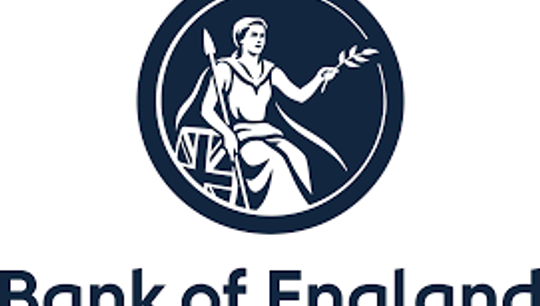FSB Global Shadow Banking Monitoring Report
Published: 05 March 2018
The Financial Stability Board (FSB) has published the latest Global Shadow Banking Monitoring Report which assesses global trends and risks from shadow banking activities.
The 2017 monitoring exercise uses data up to end-2016 from 29 jurisdictions (which, for the first time, includes Luxembourg) representing over 80% of global GDP. The Report also includes a set of collaborative case studies that discuss the following types of non-bank financial entities and activities in greater detail: (i) the non-bank credit cycle; (ii) non-financial corporates’ cash management as a demand factor; (iii) developments and adaptations in housing finance markets; and (iv) loan funds in the European Union (EU).
The main findings from the 2017 monitoring exercise are as follows:
- The activity-based, narrow measure of shadow banking grew by 7.6% in 2016 to $45.2 trillion for the 29 jurisdictions. This represents 13% of total financial system assets of these jurisdictions.
- CIVs with features that make them susceptible to runs (e.g. open-ended fixed income funds, credit hedge funds and money market funds), grew by 11% in 2016. The considerable growth of these CIVs has been accompanied by a relatively high degree of investment in credit products and some liquidity and maturity transformation. This growth is seen to highlight the importance of implementing the 2017 FSB policy recommendations.
- The assets of non-bank financial entities engaged in loan provision that is dependent on short-term funding, such as finance companies, shrank by almost 4% in 2016, to 6% of the narrow measure. In some jurisdictions, finance companies are described as having relatively high leverage and maturity transformation, which increases their susceptibility to roll-over risk during period of market stress.
- “Other Financial Intermediaries” (OFIs), which includes all financial institutions that are not central banks, banks, insurance corporations, pension funds, public financial institutions or financial auxiliaries, grew by 8% to $99 trillion. OFI assets now represent 30% of total financial assets, the highest level since at least 2002.
For further information please contact Nick Smith.







